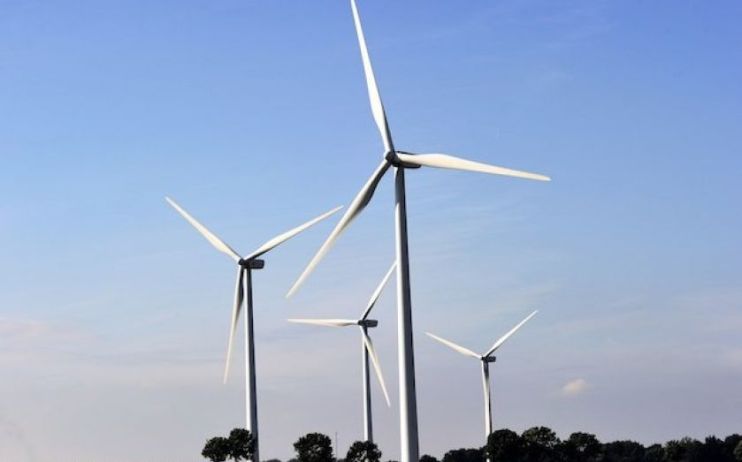Wind power meets liquid air storage as Highview and Orsted unite – but is offshore really a long term option?

Energy storage player Highview Power and wind power giant Orsted have teamed up to try and prove the feasibility and economic value of merging offshore wind turbines with long-duration storage.
The two companies have signed a memorandum of understanding to investigate whether combining Orsted’s wind technology with Highview Power’s liquid air energy storage can deliver a stronger investment case for future offshore wind projects
Liquid air energy storage uses electricity to cool air until it liquefies, and then stores the liquid air in a tank.
The liquid air is then heated up and reverted back into to a gaseous state, which is then used to turn a turbine and generate electricity.
Both parties will carry out a technical analysis and an economic assessment over the course of this year, to see see if liquid energy storage can help reduce wind curtailment, increasing productivity, and helping the move to a more flexible, resilient zero carbon grid.
This partnership comes at a critical moment in the UK’s energy transition – with the government targeting 50GW of offshore wind generation by the end of the decade.
It also follows persistent issues with maximising the potential of wind power, with companies switching off generation in periods of high wind to not overwhelm the grid, with storage typically restrained to a matter of days or hours compared to the long-duration terminals for fossil fuels.
The lack of renewable energy storage during peak conditions this winter meant that the UK was unable to store as much as 1.35 TWh of wind energy, which could have powered 1.2m homes with green energy every day.
Over this period, the UK had to rely on £60bn of gas – as covered by City A.M.

Nevertheless, storage systems could play a crucial role in supporting the stability of the power network as they develop, and improve the efficiency of wind farms.
This could encourage future investment in renewable energy that will boost the UK’s energy security and cut consumer bills.
Duncan Clark, managing director offshore and country chair UK & Ireland for Orsted said: “Together our technologies can be a catalyst to accelerate the transition from fossil fuels to renewable energy and help unlock the economic potential of that transition for the UK.”
Richard Butland, chief excecutive of Highview Power, added: “By unleashing the full potential of renewable energy and enabling it to be stored and used on-demand, this collaboration will help to accelerate the UK’s journey towards energy independence and net-zero emissions.”
Julian Leslie, National Grid’s head of networks and chief engineer said: “National Grid’s electricity system operator has a key role to play in tackling climate change by transitioning Great Britain’s electricity system to net zero.
“Longer duration storage can support a future energy system with high proportions of renewable energy by providing flexible energy supply and demand, and increasing the resilience of energy networks. Industry collaboration such as this is key to ensuring that we achieve enduring technical solutions that are fit for purpose but also maximise value to Britain’s electricity consumers.”